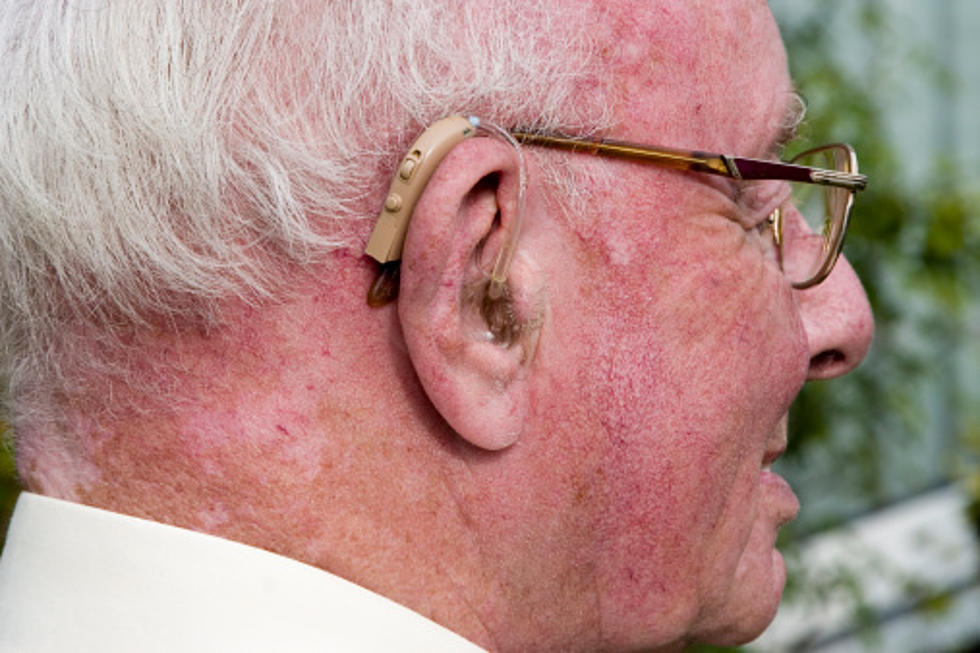
MSU Researcher Named Fellow of Prestigious Science Organization
BOZEMAN — A Montana State University scientist whose work focuses on preventing the kind of interspecies virus transmission that caused the coronavirus pandemic has been named a fellow of the American Association for the Advancement of Science.
Raina Plowright, associate professor in the Department of Microbiology and Cell Biology in MSU’s College of Agriculture, will receive the honor at the Feb. 19 annual meeting of AAAS, the international scientific nonprofit that publishes the esteemed journal Science. The award letter cites Plowright’s "distinguished contributions to the field of emerging disease biology, particularly her interdisciplinary leadership into the mechanisms that drive spillover from bats to humans.”
"This is highly deserved recognition for Raina, whose work has huge implications for the health and well-being of people across the world," said Sreekala Bajwa, MSU vice president of agriculture and dean of the College of Agriculture.
“Raina’s research has international impact and prestige,” added Jason Carter, MSU’s vice president for research, economic development and graduate education. “She’s an outstanding scientist at the forefront of discovery, exemplifying the collaborative and interdisciplinary research we value at Montana State.”
A pioneer of probing the root cause of viruses leaping from animals to humans, Plowright is known for defying disciplinary boundaries to understand how habitat fragmentation, climate change and other variables drive so-called disease spillover.
Photo by MSU/Kelly Gorham
“I feel like a scientist conducting an orchestra of scientists,” said Plowright, who earned a veterinary degree in her native Australia before completing a master’s in epidemiology and doctorate in ecology in the U.S. "This research is about getting people with different expertise to work together to solve really complex problems.” That requires continual convening of creative people in disparate fields, including economists, immunologists, mathematical modelers and physiologists, she said. "Each discipline has a different way of thinking through and solving problems, and in combination we see the world in new ways and find new solutions."
Plowright was drawn to the topic when Hendra virus mysteriously jumped from bats to horses to humans in a series of small but deadly outbreaks in Australia starting in 1994. With new details forthcoming in a paper, her group’s research suggests that deforestation caused by encroaching agriculture set the stage for spillover by reducing the bats’ wild habitat and bringing them into closer contact with people. Tipping the scale were extreme climate years when native trees failed to flower, drawing the flying mammals to agricultural areas in search of food. Their metabolism in overdrive from stress, the bats shed high levels of the virus in bodily fluids dropped into paddocks browsed by horses, who in turn became infected and passed the disease to their caretakers.
“We now understand Hendra virus pretty well,” said Plowright, who came to MSU in 2014 and collaborates with scientists around the world, including at University of Cambridge, Johns Hopkins University and Cornell University. Her team’s work on a related pathogen, Nipah virus, indicates that the kind of deforestation driving Hendra virus outbreaks in Australia also occurred in Bangladesh a century or more ago, with the result that Nipah virus now spills over from bats to humans every year. The results suggest that if deforestation continues unchecked in Australia, then Hendra virus outbreaks could become much more frequent.
Combining fieldwork to sample bat viruses, satellite imaging to measure land-use changes and complex mathematical models to plumb for probabilistic answers in a sea of data, Plowright’s work has led not only to explanations of specific outbreaks but generalizing frameworks that can be used to anticipate how new diseases might emerge. She was the lead author on a paper titled “Pathways to Zoonotic Spillover,” cited roughly 500 times since it was published in 2017, that today reads as a prescient warning of the scientific blind spots that make the world’s 7.8 billion humans vulnerable as they press against a natural environment where pathogens and their animal hosts have hitherto kept mostly to themselves.
Plowright was quick to understand the full gravity of the World Health Organization’s announcement in early January 2020 of a mysterious viral pneumonia in Wuhan, China. Soon after, her MSU team pivoted to analyzing bat fecal samples, collected by her team in the months and years leading up to the pandemic, in search of clues about the virus’s origins. She works closely with the National Institutes of Health’s Rocky Mountain Lab in Hamilton, which has highly specialized equipment and protocols for handling dangerous pathogens.
While scientists could quickly see that the genome of SARS-CoV-2 indicated it came from wild bats, who harbor other coronaviruses as well as Ebola and other pathogens, it has been a much longer project for Plowright’s team to study the context in which it may have first infected humans. Co-led by a postdoc in Plowright’s lab, Manuel Ruiz-Aravena, and a postdoc at Johns Hopkins, her team recently published a comprehensive review of bat coronaviruses in the journal Nature Reviews Microbiology. The researchers found that environmental factors were important drivers of coronavirus spillover, much as they were for the Hendra and Nipah viruses.
“We think the main drivers are essentially the same,” she said. Wildlife farming and trading may have set the stage for spillover of the novel coronavirus as well as the closely related SARS virus that caused an outbreak in 2003, but the root cause of both was likely the broader pattern of human encroachment into wildlife habitats due to increases in population and natural resource use, she said.
But Plowright’s research doesn’t stop with understanding spillover that’s already occurred or predicting where it might happen next. Taking it a step further, her team explores solutions for preventing it, such as with landscape restoration that gives adequate habitat to host species. "I’m now focused now on preventing the next pandemic,” she said. This effort is funded by the National Science Foundation and the Defense Advanced Research Projects Agency, a branch of the U.S. Defense Department that funds ambitious and potentially groundbreaking projects.
The coronavirus pandemic has put Plowright’s work in the spotlight — she was recently featured in Rolling Stone, among other publications. But she said the AAAS award recognizes the kind of big, open-ended research that continues to motivate her, even as it goes against the scientific tendency toward specialization and reducing questions to what can be easily tested in the lab.
“There’s an increasing recognition that scientists need to address problems that are complex and global in nature, problems that can't be solved by one person, one lab or one discipline,” she said. “I get excited about that.”
Plowright joins two other active AAAS fellows at MSU: Joan Broderick, head of the Department of Chemistry and Biochemistry in the College of Letters and Science, who was elected in 2020, and Robert Walker, professor in the chemistry and biochemistry department, who was elected in 2011.
- by Marshall Swearingen, MSU News Service -









